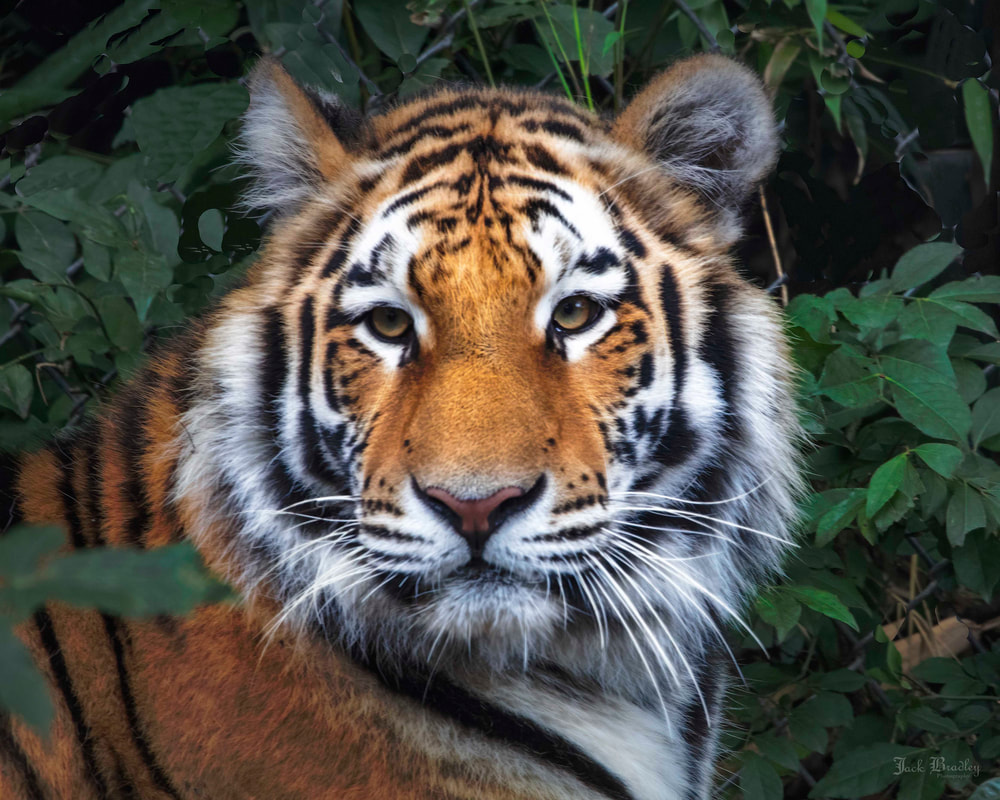Managed by the Association of Zoos and Aquariums’ (AZA) Species Survival Plan (SSP), inter-regional transfers are arranged with careful attention to gene diversity in the hope that successful breeding will take place. Last year, Zeya was sent to Rosamond Gifford Zoo as an excellent genetic match to that Zoo’s resident male tiger. Reka’s new home zoo will announce her arrival once a standard quarantine period is complete later this fall. Connecticut’s Beardsley Zoo remains home to Reka and Zeya’s mother, Changbai.
Amur tigers are very rare and are critically endangered in the wild. According to the Association of Zoos and Aquariums’ (AZA) statistics, today Amur tigers are thought to occupy less than seven percent of their original range. Threatened by habitat loss and degradation, poaching, tiger-human conflict, and loss of prey, four of nine subspecies have disappeared from the wild just in the past hundred years. The future of the Amur tiger has been a major concern of the world’s zoos for many years as the species has been pushed toward extinction. There is an SSP program in place for many species of animals through oversight by a group called the Taxon Advisory Group (TAG). The SSP makes breeding recommendations based on genetics, age and health of animals, and need for more of the species to protect future populations. Connecticut’s Beardsley Zoo’s Deputy Director, Don Goff, is the Co-Chair of the National Felid TAG group. He leads a committee of AZA-accredited zoo members whose goal is to save declining species. “As sad as we are to say goodbye to Reka, the planned transfer of animals to other member zoos ensures the sustainability of a healthy, genetically diverse, and demographically varied AZA population,” explained Goff. Connecticut’s Beardsley Zoo has had repeated success in breeding endangered species, a testament to the Zoo’s animal care specialists and the highest quality of animal care. The Zoo has been the birthplace of multiple endangered species in recent years, including Amur tiger cubs, maned wolf pups, red wolf pups, three baby Giant anteaters, and two Amur leopard cubs. About Amur tigers The Amur, once called the Siberian tiger, is a rare subspecies of tiger, and the largest cat in the world. Adult male tigers can weigh up to 675 pounds, with females weighing up to 350 pounds. Similar to people’s fingerprints, no two tigers have the same striped pattern. Amur tigers differ from other tigers with fewer, paler stripes, and a mane that helps to keep them warm. They live in southeast Russia as well as small areas of China and North Korea. They live for 10-15 years in the wild, and up to 22 years in human care. Comments are closed.
|
ContactConnecticut’s Beardsley Zoo appreciates the support it receives from local, regional and national media outlets. Media representatives are invited to tour Archives
July 2024
Categories |
Connecticut’s Beardsley Zoo is dedicated to acquainting a diverse public to the delicate balance that exists between living things and their environment.
Connecticut's Beardsley Zoo is a 501(c)(3) not for profit owned and operated by the Connecticut Zoological Society.
Connecticut's Beardsley Zoo is a 501(c)(3) not for profit owned and operated by the Connecticut Zoological Society.
© 2022 Connecticut's Beardsley Zoo





 RSS Feed
RSS Feed





